33 Wild Animals in New Zealand [Wildlife in New Zealand]
Want to know more about the wildlife in New Zealand?
Discover 33 wild animals in New Zealand in this post, as well as interesting facts about them. 🇳🇿
Learn All About New Zealander Animals
Ready to learn all about New Zealander animals?
I’ve always been fascinated by animals, and by how they can be so different from one country to another. In this guide, we’ll focus on the many animals New Zealand has on the land, in the sky, and underwater.
I’ve split the guide into 4 categories:
- Native animals from New Zealand
- Endangered animals of New Zealand
- What is New Zealand’s national animal?
- How many animals native to New Zealand?
Let’s dive in right away with our first category!
Native Animals from New Zealand
New Zealand is an Oceanian island country located in the southern part of the continent, somewhat close to the Antarctic. It is the sixth-largest island country in the world, is made of two main islands (the North Island and the South Island) as well as more than 700 smaller islands, and its population is primarily of European descent. It is surrounded by the Pacific Ocean, and although its largest city is Auckland, its capital city is Wellington, which counts more than 215,000 inhabitants (but more than 439,000 if you include the metropolitan area).
An interesting part of the country that I wanted to tackle is its wildlife. In light of that, I have listed the best of it, and I hope you will love learning what animals live in New Zealand.
Here’s the New Zealand animals list.
1. Kiwi
- Name: Kiwi
- Scientific name: Apteryx australis
- Conservation status:
If you have ever heard of anything related to New Zealand, you must have heard of the kiwi. And no, I am not talking about the fruit!
The kiwi is a small species of flightless bird endemic to New Zealand, and the national animal of the country. Interestingly enough, its egg is about 20 percent of its body weight, and it is so closely related to the country that New Zealanders are often called “Kiwis”.
2. Tuatara
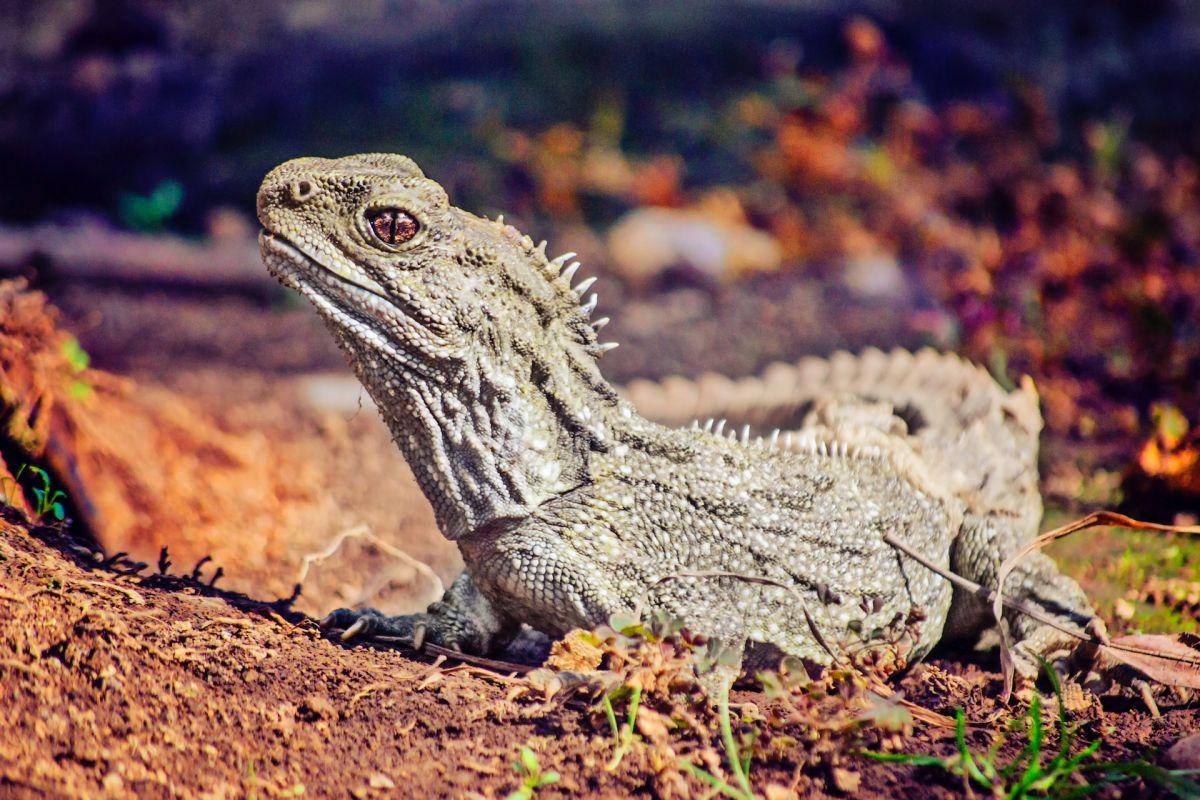
- Name: Tuatara
- Scientific name: Sphenodon punctatus
- Conservation status:
The tuatara is a small species of reptile endemic to New Zealand. Despite looking like a lizard, it is part of a unique lineage, of which the tuatara is the only living representative, which is why this animal is often called a “living fossil”.
Other animals of this lineage were extinct 60 million years ago, and they were very diverse and widespread during the Jurassic period. This is why the tuatara is of particular interest to scientists, and a living example of evolution.
3. Weka
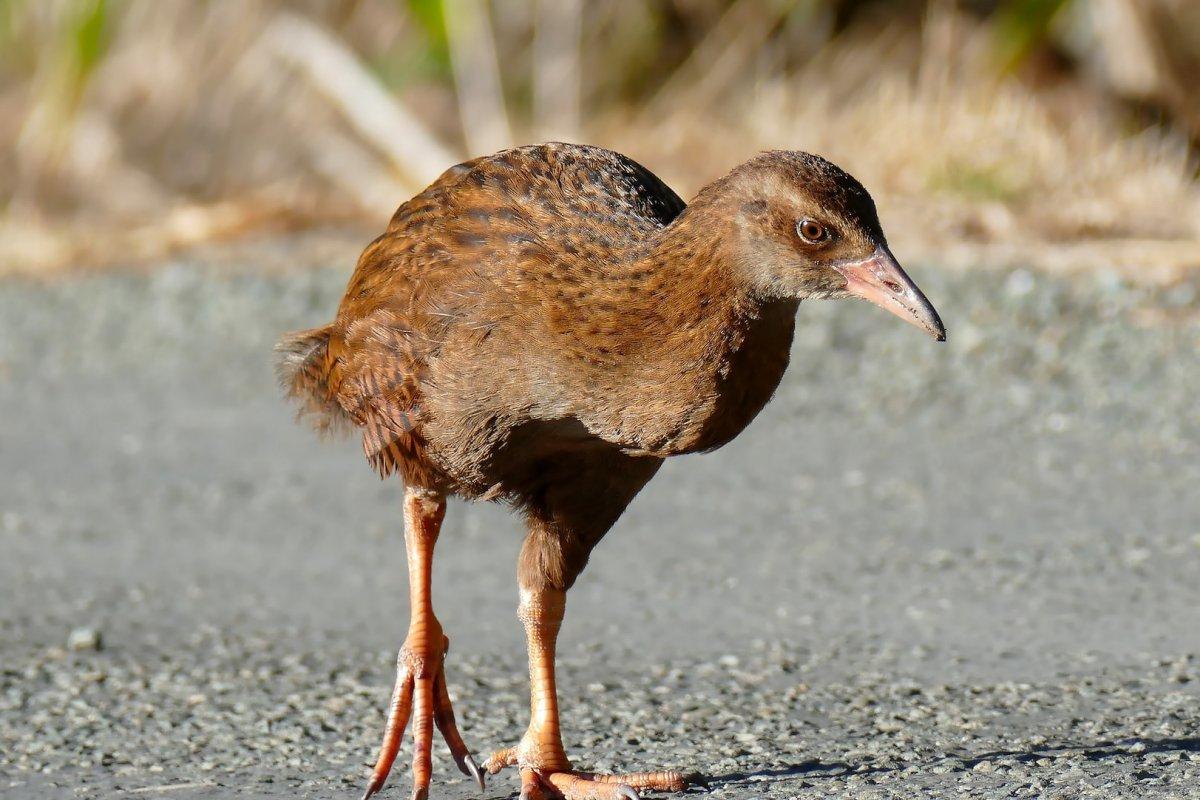
- Name: Weka
- Scientific name: Gallirallus australis
- Conservation status:
New Zealand is very unique in its remoteness. Because of this, there are little to no terrestrial mammals in the country, and their habitats have been colonized by an unusual amount of flightless birds, as you will see in the next few entries of this list.
The weka, also known as the woodhen or the Māori hen, is a species of birds endemic to New Zealand. It is about the size of a chicken and feeds on invertebrates and fruits.
4. Takahē
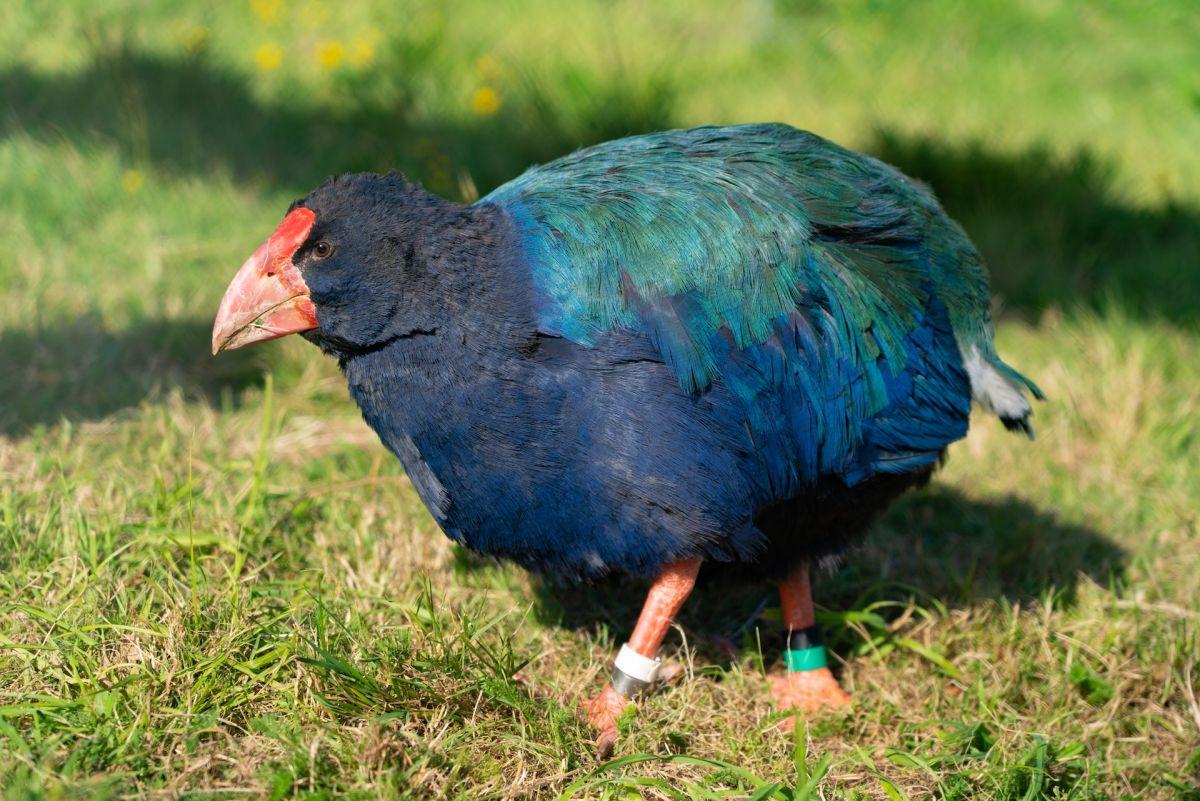
- Name: Takahē
- Scientific name: Porphyrio hochstetteri
- Conservation status:
The takahē, also known as the South Island takahē or the notornis, is a New Zealand endemic species of flightless bird, and the largest species of rail in the world. Although extensively hunted by the Māori peoples, it was not named or described by Europeans until 1847.
This bird used to be very close to extinction, but its status was recently upgraded, and its population of about 418 individuals is growing by more than 10 percent every year.
5. Heavy-footed moa
- Name: Heavy-footed moa
- Scientific name: Pachyornis elephantopus
- Conservation status:
The heavy-footed moa was also a species of flightless bird endemic to New Zealand, and one of the largest species of bird to ever exist, reaching heights of 1.8 m / 5.9 ft and weights of up to 145 kg / 320 lb. FYI, the largest bird of all time was the elephant bird, endemic to the island of Madagascar.
This large bird used to be able to fly, which is how it reached the southernmost areas of New Zealand. However, over millions of years, it became entirely flightless.
6. Kākāpō
- Name: Kākāpō
- Scientific name: Strigops habroptilus
- Conservation status:
The kākāpō, also known as the owl parrot, is yet another large species of flightless bird endemic to New Zealand. It is nocturnal, and is a very unique animal: not only is it the world’s heaviest species of parrot, but it is also the only flightless parrot and one of the world’s longest-living birds, reaching lifespans of up to 100 years!
This parrot suffered a lot from the introduction of predators such as rats, ferrets, and stoats during the British colonization of New Zealand, and is now on the brink of extinction.
7. New Zealand long-tailed bat
- Name: New Zealand long-tailed bat
- Scientific name: Chalinolobus tuberculatus
- Conservation status:
The New Zealand long-tailed bat, also known as the pekapeka-tou-roa or the long-tailed wattled bat, is one of two species of bat endemic to New Zealand. Funnily enough, although not a bird, it was named the winter in the 2021 Bird of the Year competition in the country.
This bat’s diet is primarily made of insects, which it can catch while flying, and it mainly feeds on flies, moths, and beetles.
8. Haast’s eagle
- Name: Haast’s eagle
- Scientific name: Hieraaetus moorei
- Conservation status:
Haast’s eagle is an extinct species of eagle that was endemic to the South Island of New Zealand and was a prominent figure in Maori legends and tales. It is the largest bird known to have ever existed, reaching weights of up to 15 km / 33 lb!
The size of this eagle is very interesting because it adapted over the years to the extremely large size of its prey, the moa. It became extinct around 1400 after the first Māori hunted the moa to extinction.
9. Polynesian rat
- Name: Polynesian rat
- Scientific name: Rattus exulans
- Conservation status:
The Polynesian rat, also known as the little rat, the Pacific rat, or the kiore, is one of the few terrestrial mammals that can be found in New Zealand.
It has been imported by Polynesians in 1250 CE and has had devastating effects in the country: since most birds evolved in a way to not fear any terrestrial predators, they have been particularly vulnerable to Polynesian rats, which eradicated several species of small, flightless birds.
10. Hector’s dolphin
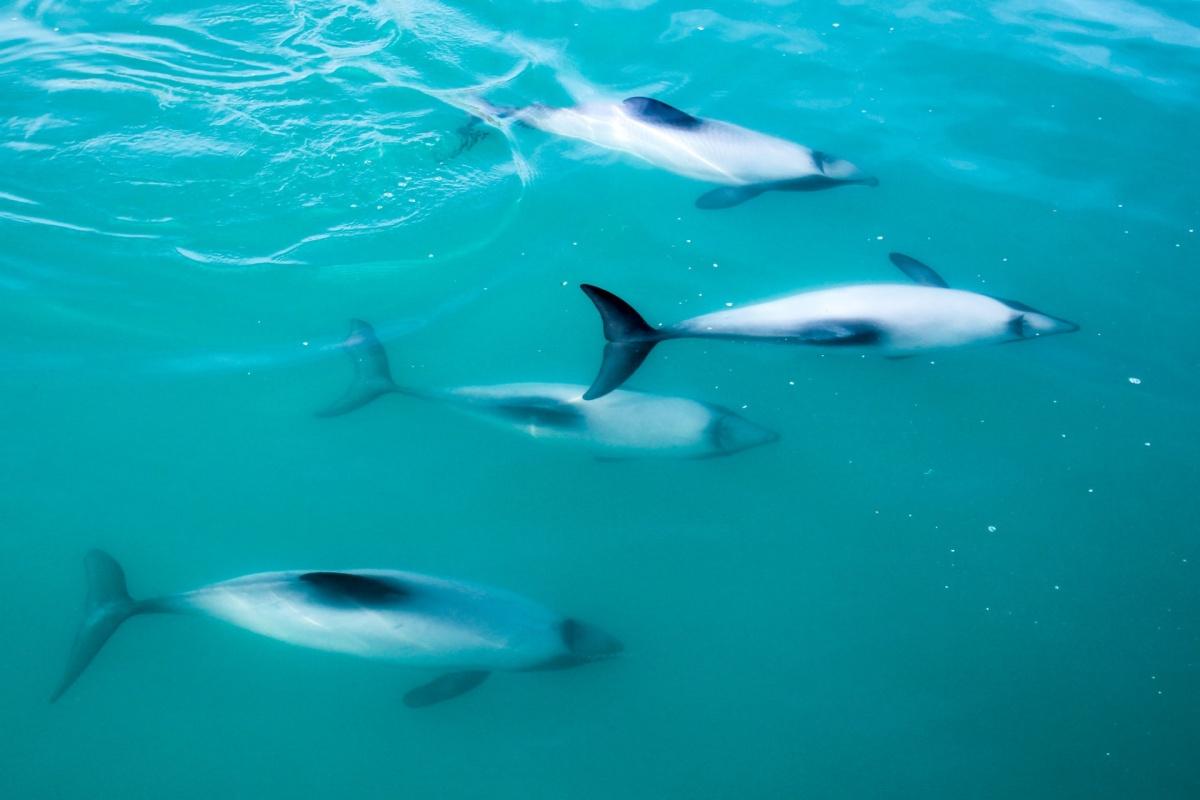
- Name: Hector’s dolphin
- Scientific name: Cephalorhynchus hectori
- Conservation status:
Hector’s dolphin is a small species of dolphin endemic to the coastline of the South Island of New Zealand. It is a generalist feeder but primarily feeds on fish such as red cods, flatfishes, and squids.
This dolphin does not live in waters deeper than 100 m / 330 ft and sometimes stays in shallow waters of about 50 m / 160 ft deep. Its main predators are various species of shark, and possibly the orca.
11. Orca
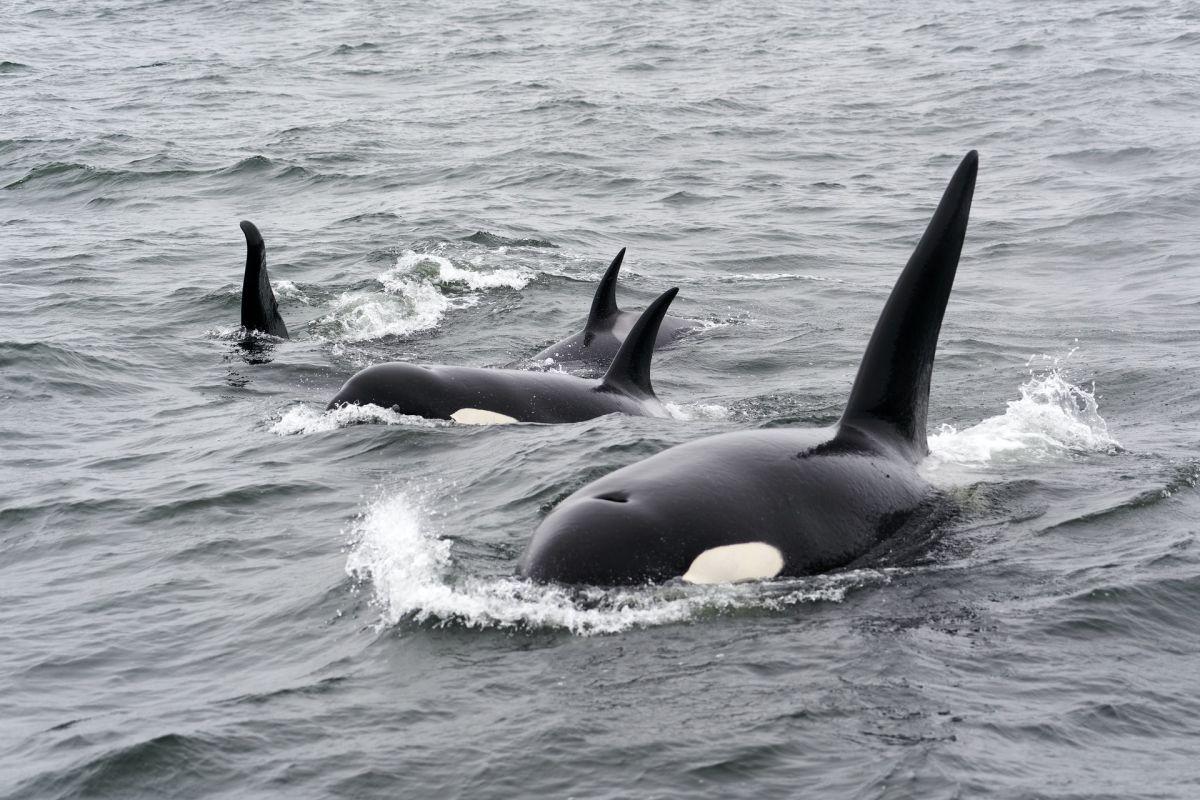
- Name: Orca
- Scientific name: Orcinus orca
- Conservation status:
The orca, also known as the killer whale, is a large species of oceanic dolphin native to almost all oceans of the world, from polar regions to tropical waters. It is one of the most powerful and dreadful apex predators in the world and primarily feeds on large mammals such as dolphins, seals, and whales.
There are most likely 2 or more species of orca, and because of this hesitation, it has been classified as data deficient. Depending on the area, local populations are more or less threatened by pollution, habitat loss, depletion of prey, capture for marine mammal parks, and conflicts with human fisheries.
12. Broadnose sevengill shark
- Name: Broadnose sevengill shark
- Scientific name: Notorynchus cepedianus
- Conservation status:
The broadnose sevengill shark is the main predator of Hector’s dolphin. As its name implies, it has sevengill slits, and is easily recognizable thanks to them, since most sharks only have five.
The appearance of this shark is unique: it only has one dorsal fin, which is near its caudal fin and has a very large, thick body, hence its name. It started to be targeted by fisheries in California at the beginning of the 1930s and has been recreationally fished since the 1980s.
13. White-tailed deer
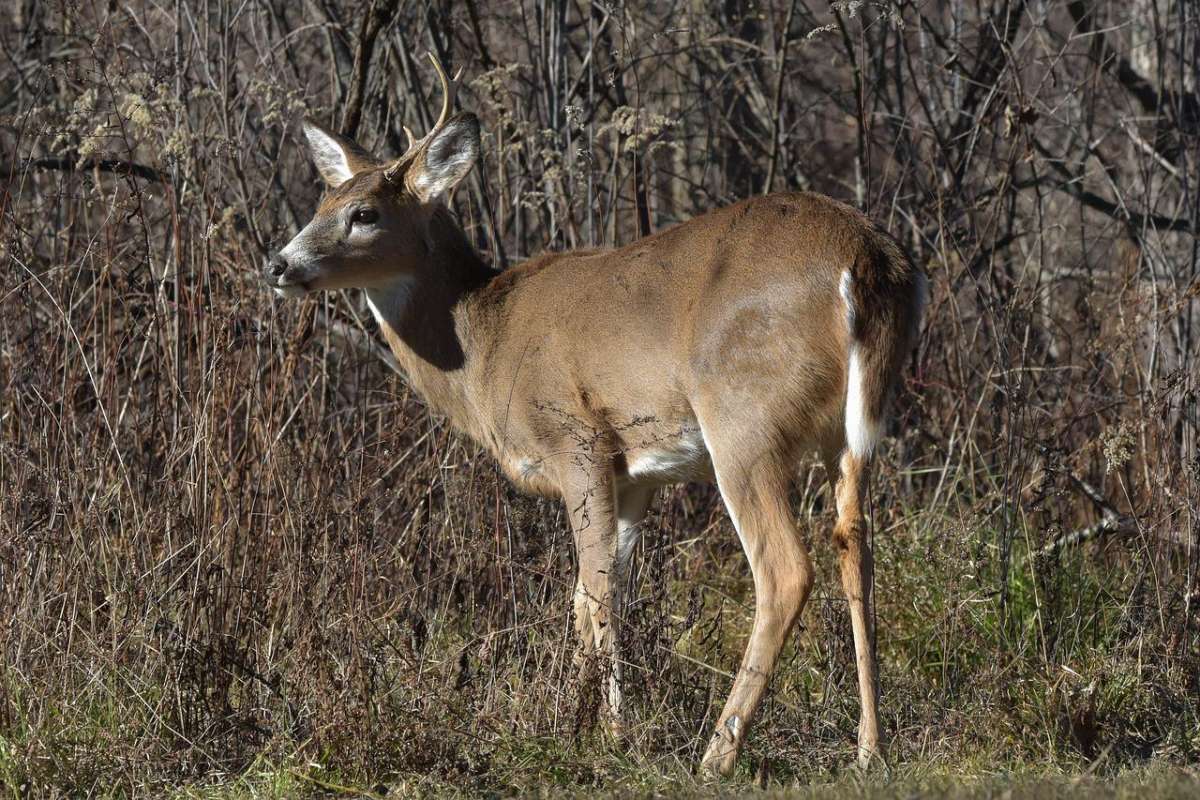
- Name: White-tailed deer
- Scientific name: Odocoileus virginianus
- Conservation status:
The white-tailed deer, also known as the Virginia deer or simply the whitetail, is one of the most widespread species of deer in the world, being found in much of North America, and having been introduced to several countries such as New Zealand and several Caribbean Islands.
In New Zealand, the white-tailed deer is kept as livestock and is extensively farmed for its meat, pelts, and antlers.
14. Southern right whale
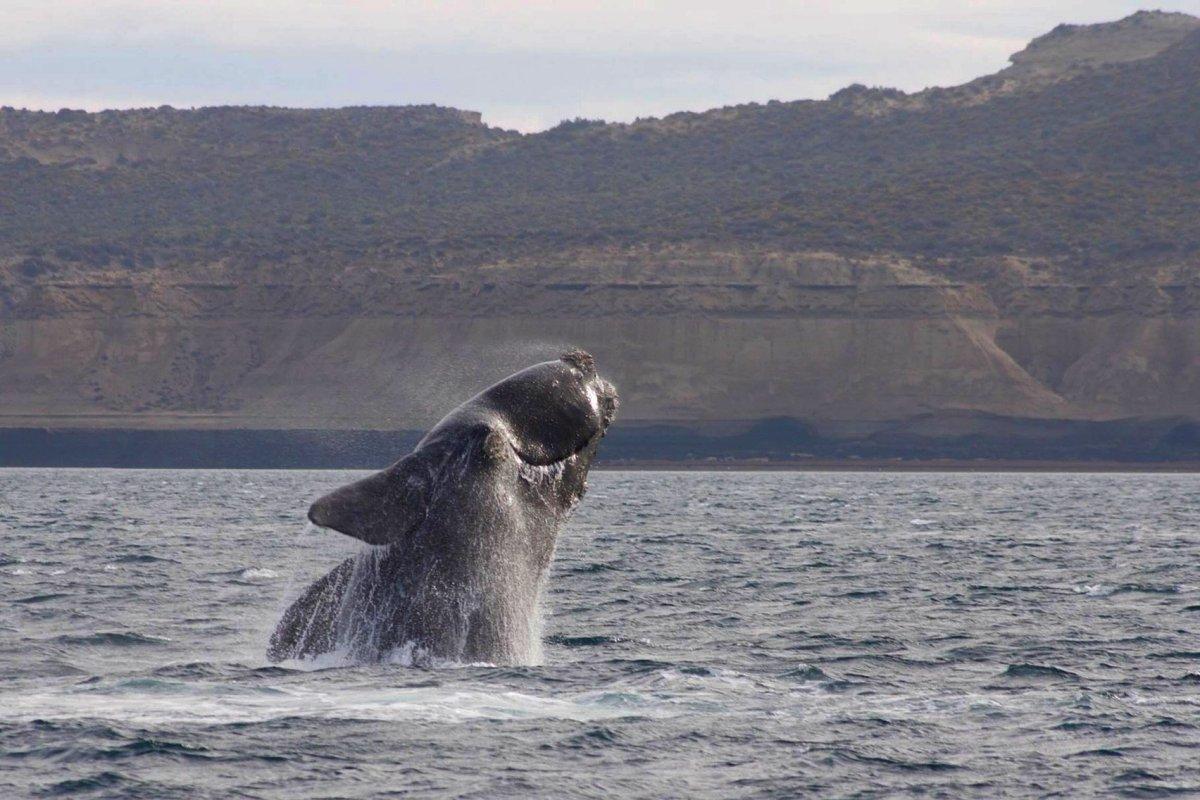
- Name: Southern right whale
- Scientific name: Eubalaena australis
- Conservation status:
The southern right whale is a species of baleen whale native to the southernmost parts of the globe, except for the extreme polar areas. It can be found off the coast of New Zealand, and all around the country, and there are about 13,600 individuals in the world.
This whale was famous in the early times of settling in Wellington for keeping people awake at night because of its cavorting sounds.
15. Brolga
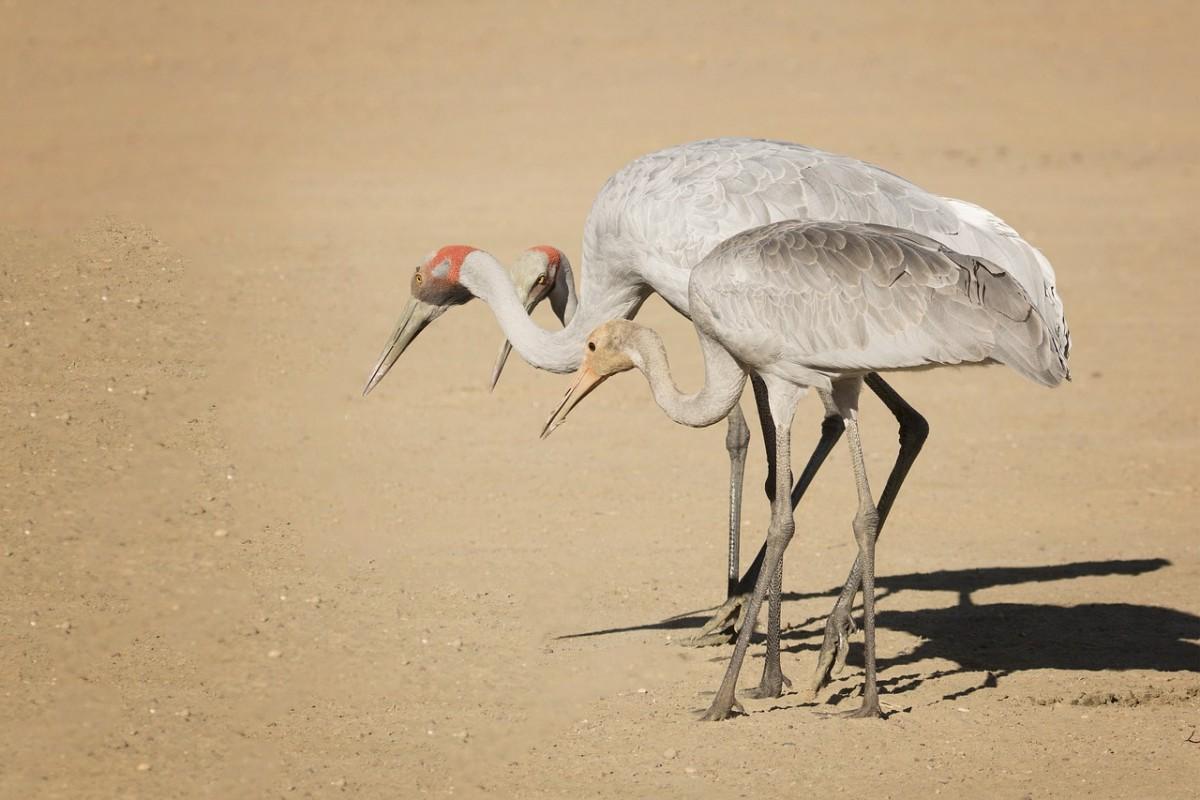
- Name: Brolga
- Scientific name: Antigone rubicunda
- Conservation status:
The brolga, also known as the Australian crane or the native companion, is a large species of crane native to Oceania, including New Zealand, Australia, and New Guinea. It is very tall and has a slender neck with a long beak, just like other cranes, and features an orange band of color on its head.
Despite being listed as least concern, the brolga is experiencing declines throughout its range, primarily in southern Australia.
16. Black stilt
- Name: Black stilt
- Scientific name: Himantopus novaezelandiae
- Conservation status:
The black stilt, also known as the kakī in Māori, is a small wading bird species part of the wildlife of New Zealand. It is one of the rarest birds on the planet since only about 169 adults remain, and they are all threatened by hybridization with other species, habitat loss, and predation from invasive species such as weasels, stoats, ferrets, and cats.
This stilt is black, as its name suggests, and it has long slender pink legs.
17. New Zealand sea lion
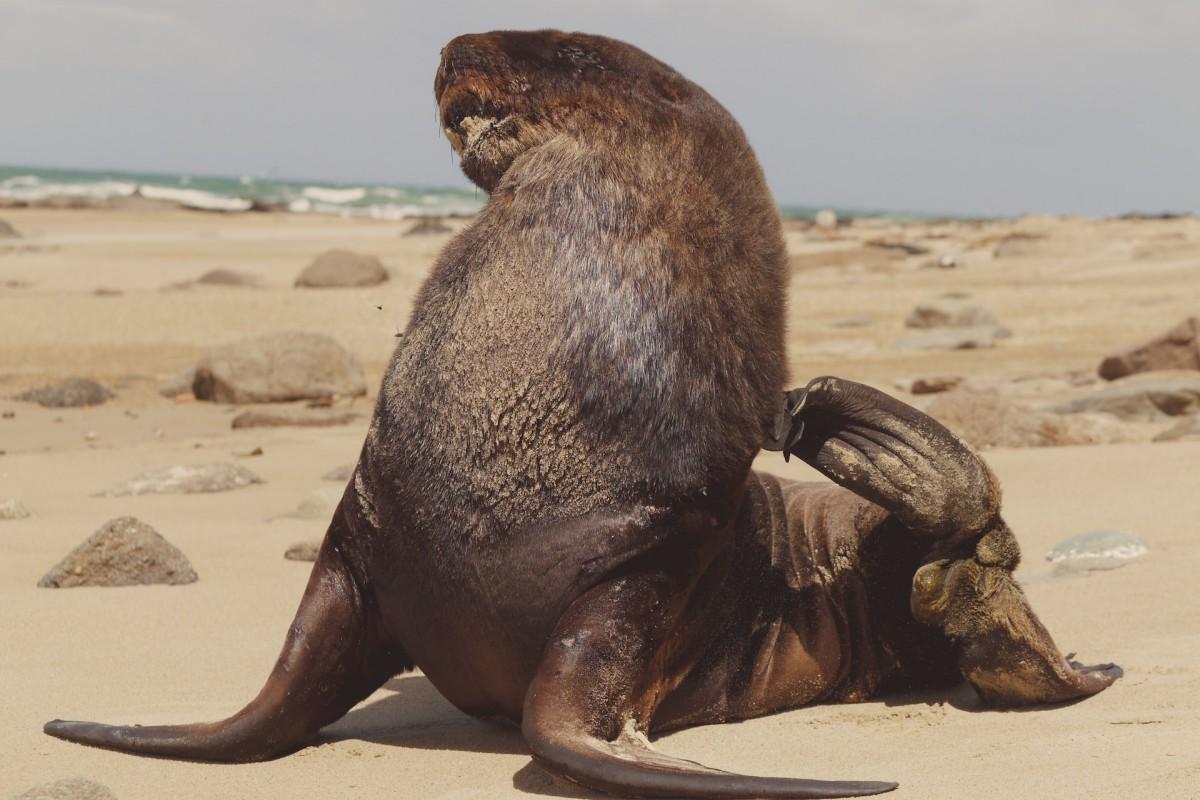
- Name: New Zealand sea lion
- Scientific name: Phocarctos hookeri
- Conservation status:
The New Zealand sea lion, previously known as Hooker’s sea lion, is a large species of sea lion endemic to New Zealand. It mainly breeds on the Auckland and Campbell islands, which are located in subantarctic regions, and is slowly recolonizing South and Stewart Islands, from which it disappeared.
Despite having 12,000 individuals left in the wild, the New Zealand sea lion is one of the rarest species of pinnipeds in the world and is seriously threatened by disease outbreaks, fishery bycatch, hunting, and food limitation.
18. Southern elephant seal
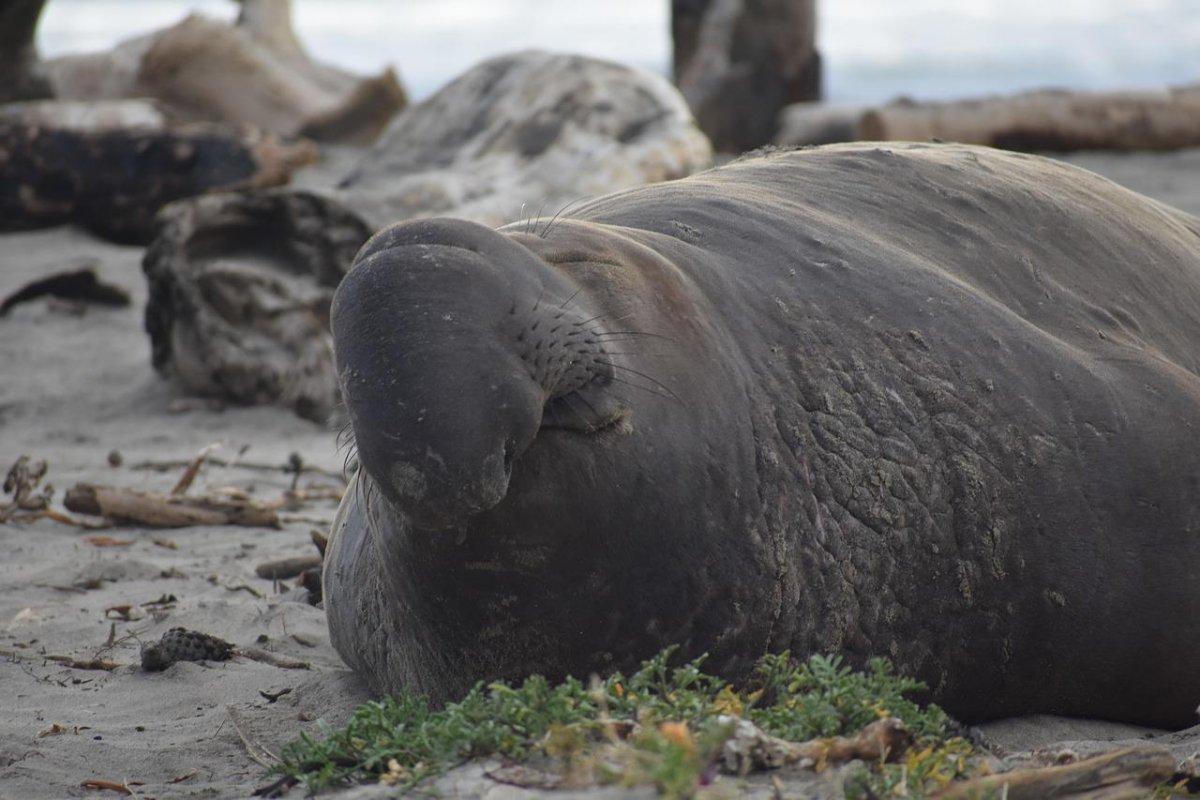
- Name: Southern elephant seal
- Scientific name: Mirounga leonina
- Conservation status:
The southern elephant seal is the largest marine mammal that is not a cetacean, and is by far the heaviest of elephant seals; its counterpart, the northern elephant seal, is about 40 percent lighter.
The elephant seal gets its name from its large protuberance and its considerable bulk, being twice as heavy as a walrus, and 6 to 7 times heavier than the largest terrestrial carnivore, the polar bear.
19. South Island oystercatcher
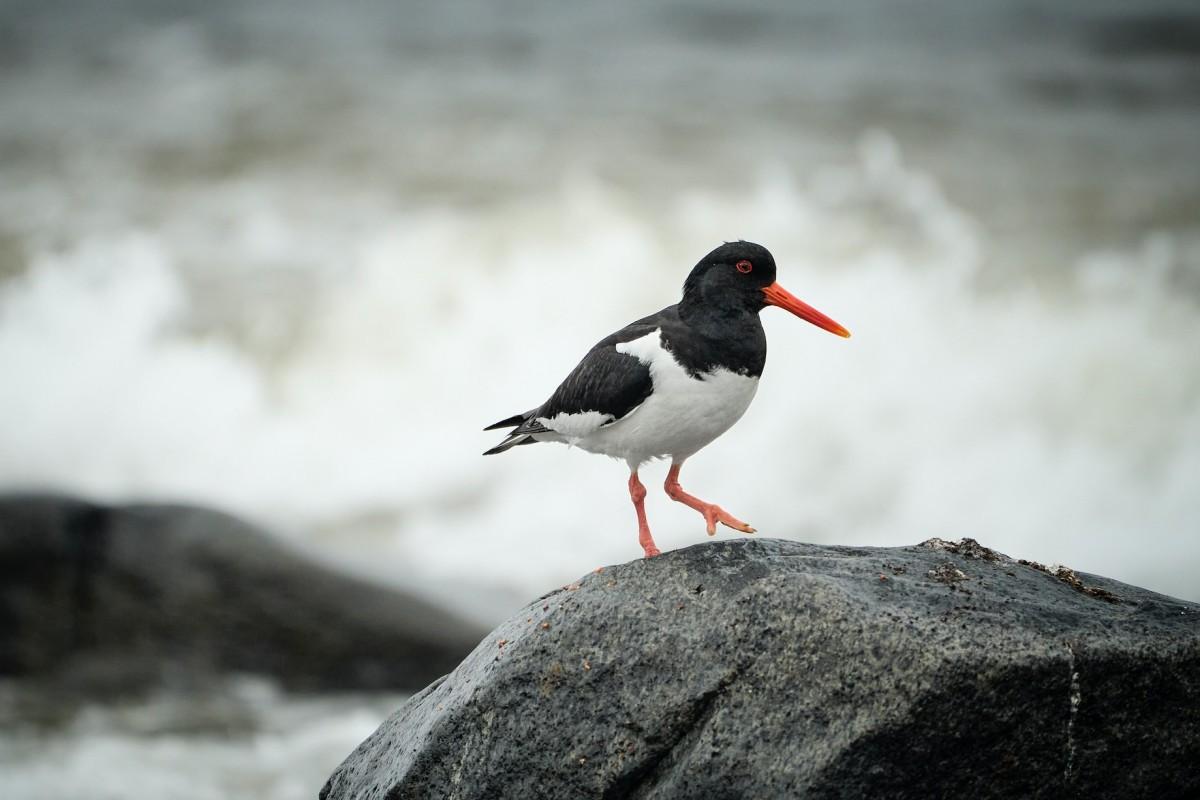
- Name: South Island oystercatcher
- Scientific name: Haematopus finschi
- Conservation status:
The South Island oystercatcher, also known as the South Island pied oystercatcher, is a species of oystercatcher endemic to New Zealand. As its name suggests, it breeds on the South Island but moves to North Island when the breeding season is over and was also spotted on other islands such as Lord Howe Island and Norfolk Island, as well as the eastern coast of Australia.
This oystercatcher primarily feeds on mollusks and worms and uses its piercing call either socially or aggressively.
20. Fiordland penguin
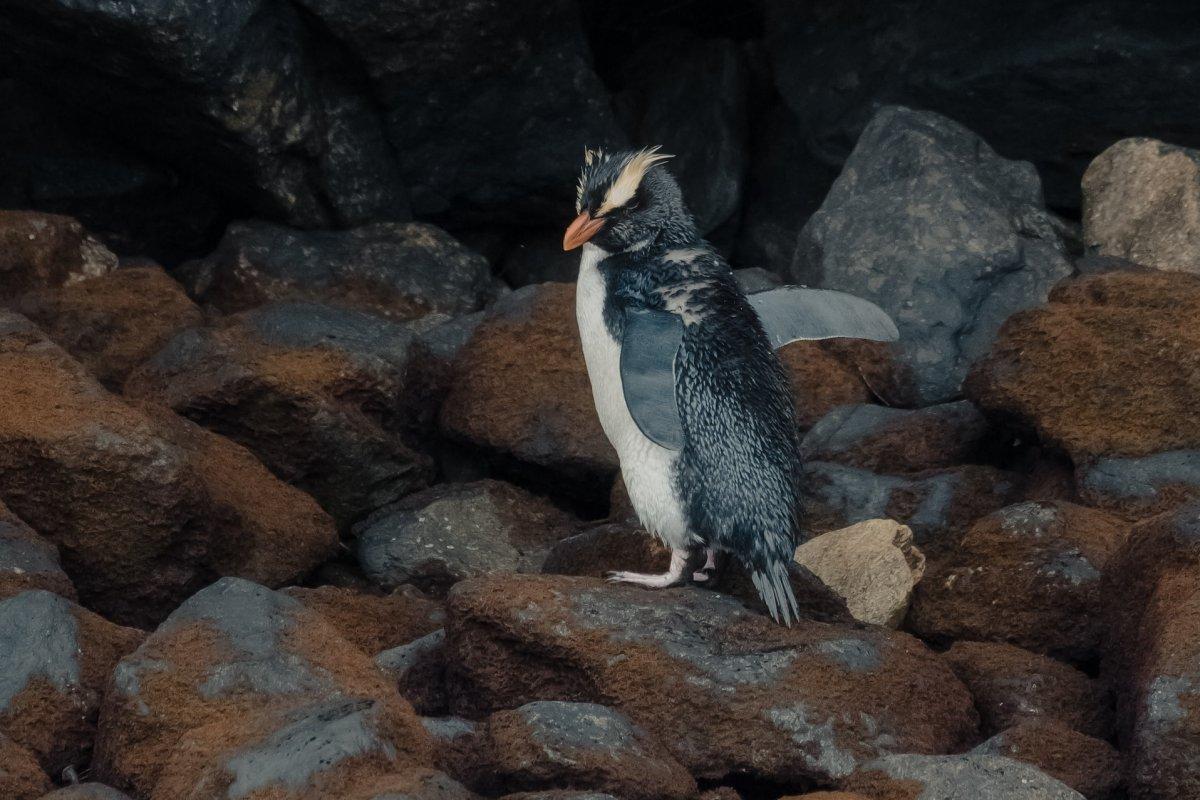
- Name: Fiordland penguin
- Scientific name: Eudyptes pachyrhynchus
- Conservation status:
The Fiordland penguin, also known as the New Zealand crested penguin or the Fiordland crested penguin, is a species of penguin endemic to southwestern New Zealand. It breeds on the southwestern coasts of South Island and is medium-sized.
This penguin gets its name from Fiordland, a region of New Zealand located in the southwestern part of the country. It lives in colonies on rocks and among tree roots and majorly feeds on cephalopods such as arrow squids.
21. New Zealand arrow squid
- Name: New Zealand arrow squid
- Scientific name: Nototodarus sloanii
- Conservation status:
Speaking of the main prey of Fiordland penguins, there is the New Zealand arrow squid, also known as the Wellington flying squid or the wheketere (in Māori). This squid is the main source of food for several species of diving birds and marine mammals, but has very large numbers and is thus listed as least concern.
Since it is also hunted by humans, it causes sea lions to also be caught in fishing nets.
22. New Zealand fur seal
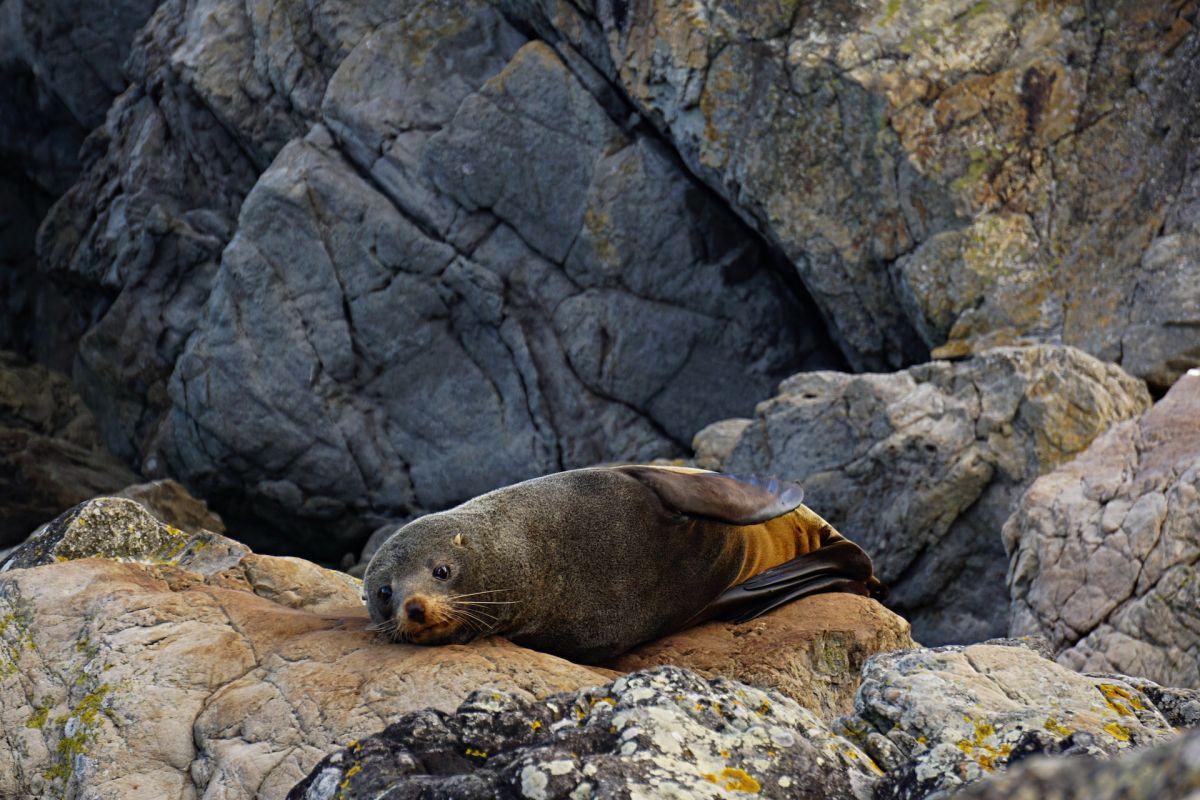
- Name: New Zealand fur seal
- Scientific name: Arctocephalus forsteri
- Conservation status:
The New Zealand fur seal, also known as the South Australian fur seal, the long-nosed fur seal, the Australasian fur seal, or the Antipodean fur seal, is a species of fur seal found around southern Australia and on the coasts of the South Island of New Zealand.
Interestingly enough, the New Zealand fur seal can dive deeper and longer than any other fur seal in the world, staying immersed for up to 15 minutes, and going 380 m / 1,246 ft deep.
23. Yellow-eyed penguin
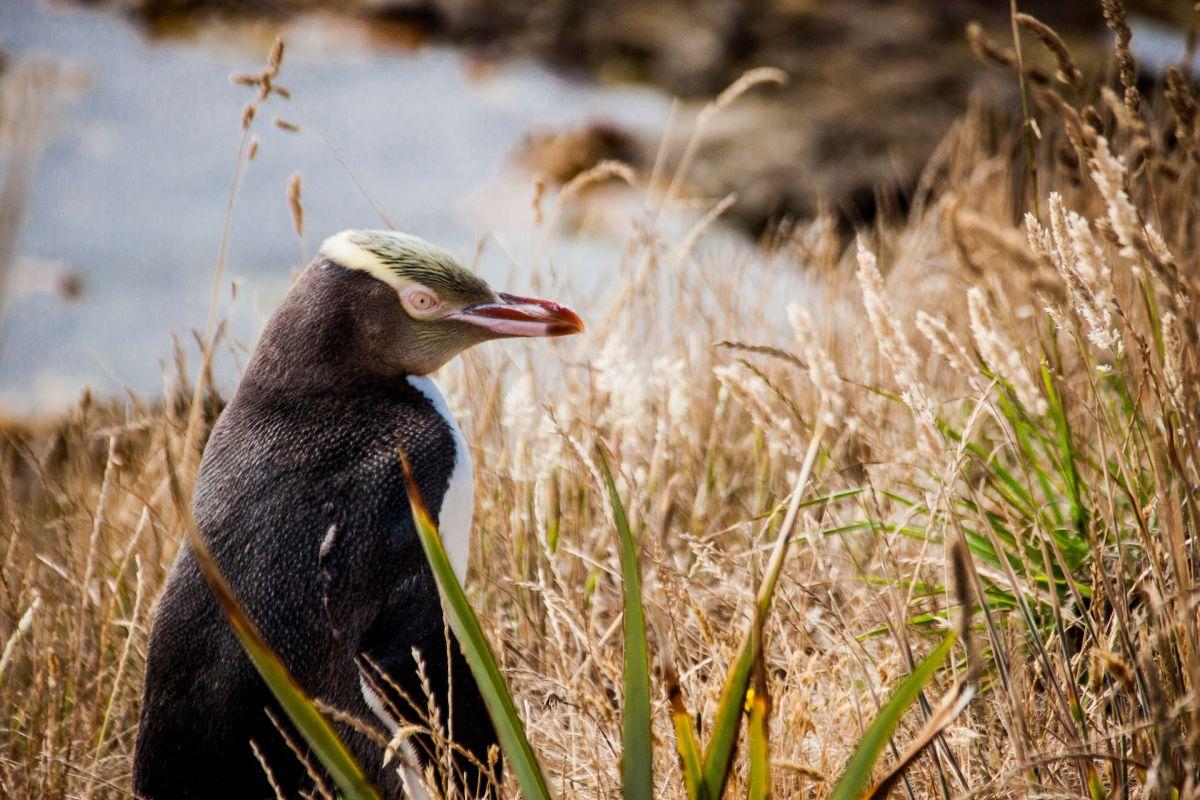
- Name: Yellow-eyed penguin
- Scientific name: Megadyptes antipodes
- Conservation status:
The yellow-eyed penguin, also known as the hoiho or the tarakaka, is a species of penguin endemic to New Zealand. Similarly to other penguins, its diet is almost exclusively made of fish, and it breeds along the eastern and southeastern coast of the South Island.
Sadly, over the past 20 years, the yellow-eyed penguin has seriously declined, sometimes up to 75 percent. Local extinction in areas such as the Otago Peninsula could happen in the next 20 to 40 years.
24. Southern royal albatross
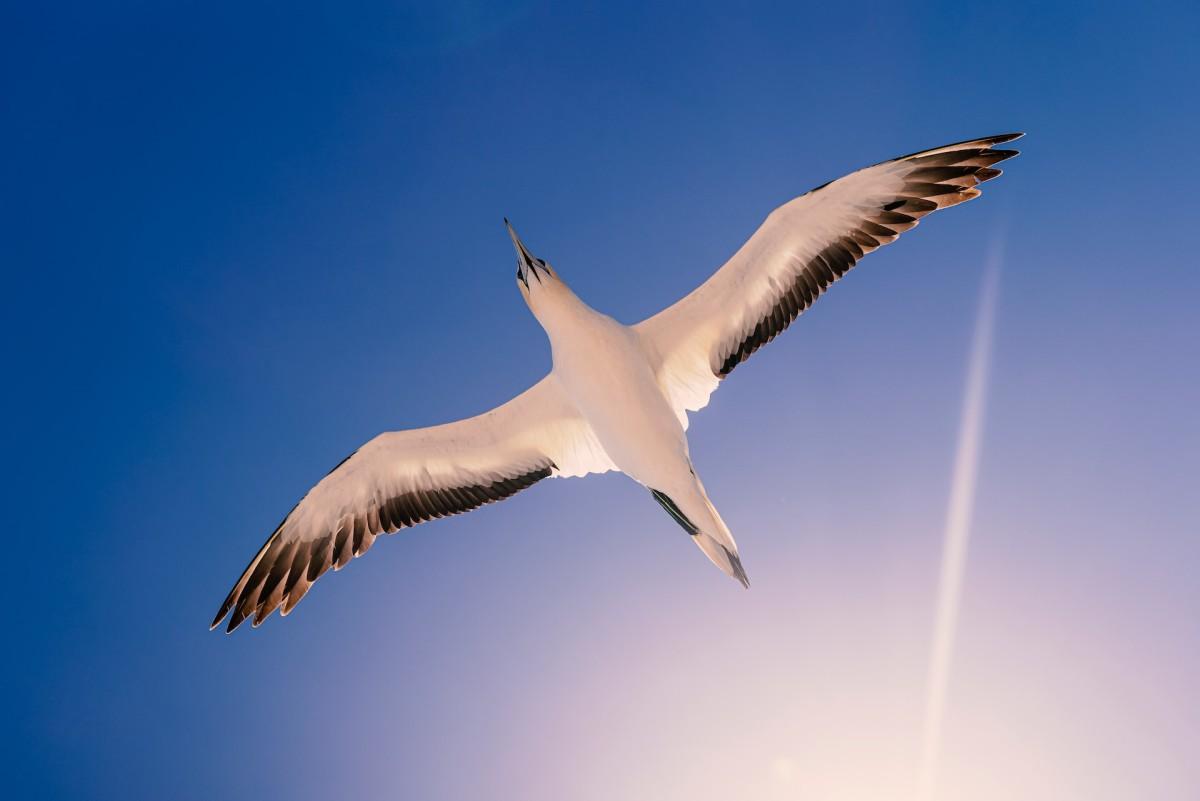
- Name: Southern royal albatross
- Scientific name: Diomedea epomophora
- Conservation status:
The southern royal albatross is a large species of seabird native to the temperate and subantarctic regions of the world, from South America to New Zealand and South Africa.
It is one of the largest species of albatross alongside the wandering albatross, and it has several populations on New Zealander islands, such as the Campbell and Auckland Islands. This seabird subsists on squid, fish, crustaceans, salps, and carrion.
25. Little penguin
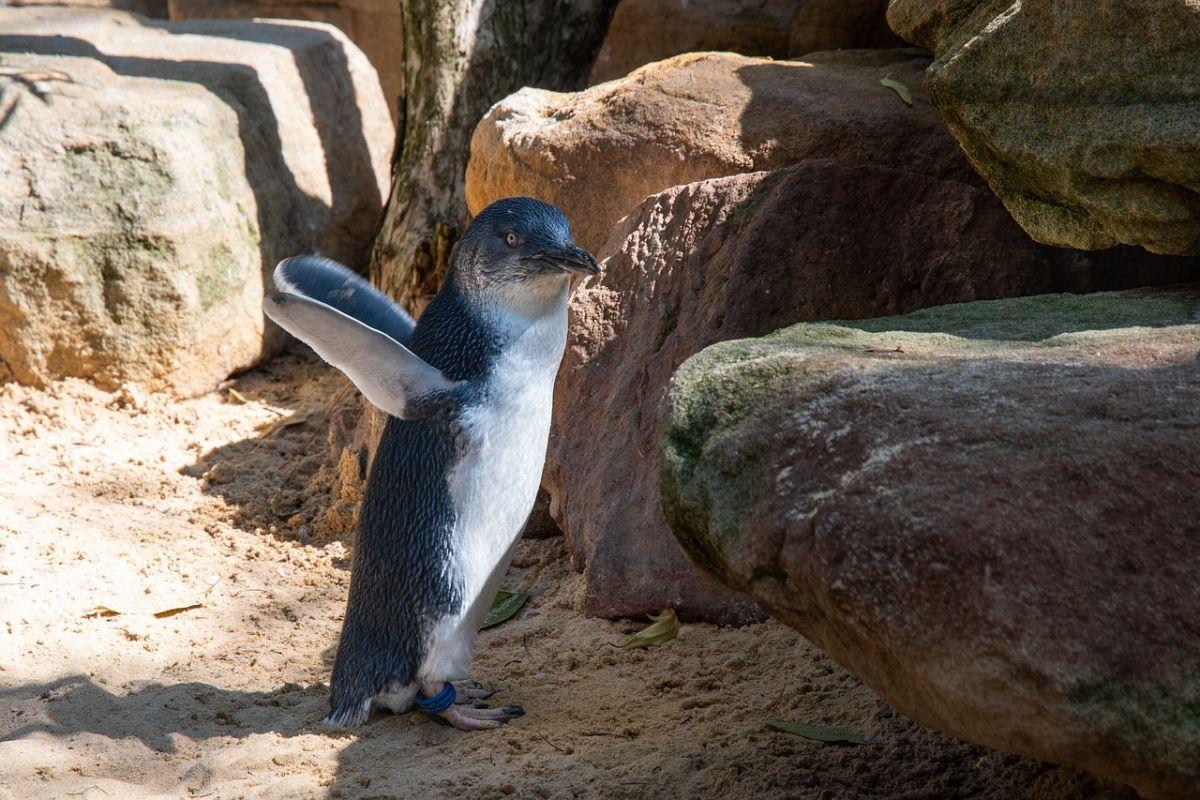
- Name: Little penguin
- Scientific name: Eudyptula minor
- Conservation status:
The little penguin, also known as the blue penguin or the little blue penguin, is a small species of penguin native and endemic to New Zealand. Previously considered the same species as Australia’s little penguins, a 2002 analysis concluded that the little penguin is a distinct species.
This penguin is a curiosity to humans and always has been. It is often exhibited in zoos, and while it used to be exploited for its eggs, meat, and skin, it is now much more of a tourist attraction and a conservation symbol.
26. Hourglass dolphin
- Name: Hourglass dolphin
- Scientific name: Lagenorhynchus cruciger
- Conservation status:
The hourglass dolphin is a small species of dolphin native to sub-Antarctic and Antarctic waters. Although it can be found all around the southernmost parts of the globe, its most famous and easily seen population is located around the Drake Passage, the body of water connecting South America to Antarctica.
This dolphin somewhat looks like a killer whale, with black upper parts and a white belly, with white patches all around the body.
27. Māui dolphin
- Name: Māui dolphin
- Scientific name: Cephalorhynchus hectori maui
- Conservation status:
Māui dolphin, also known as the Maui’s dolphin or the popoto, is a subspecies of the Hector’s dolphin endemic to New Zealand. It deserves its own entry here because it is one of the smallest and rarest dolphins in the world: there are only about 54 individuals left, and the subspecies as a whole is on the verge of extinction.
This dolphin is about to become extinct because of disease outbreaks, fishing practices, recreational netting, and hunting by commercial fisheries.
28. Sperm whale
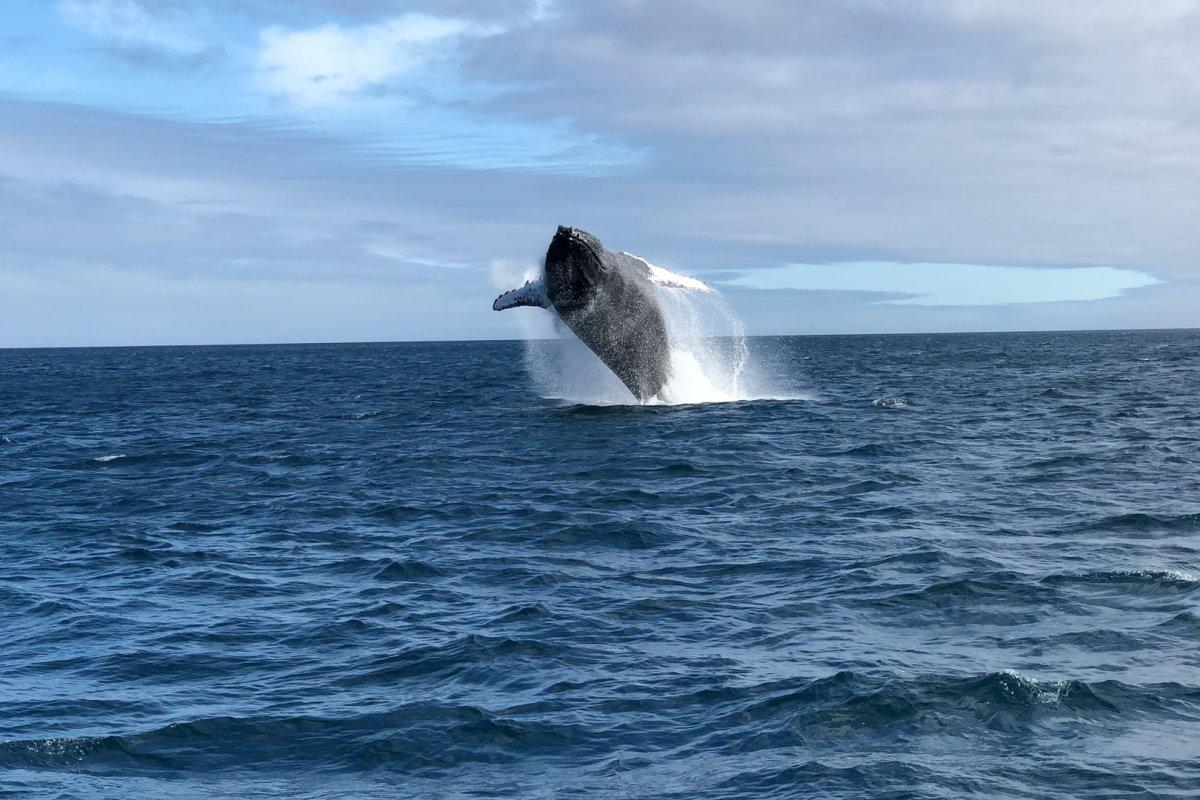
- Name: Sperm whale
- Scientific name: Physeter macrocephalus
- Conservation status:
The sperm whale, also known as the cachalot, is an animal of all records: not only is it the largest toothed predator in the world, but it is also the third-deepest diving mammal (after the southern elephant seal and Cuvier’s beaked whale), it can live up to 70 years, and it has the world’s largest brain, about 12 times the size of a human’s.
The Māori use rope-mounted sperm whale teeth, which are locally known as “rei puta”. These items were very rare and were usually exceptional gifts.
29. Australasian gannet
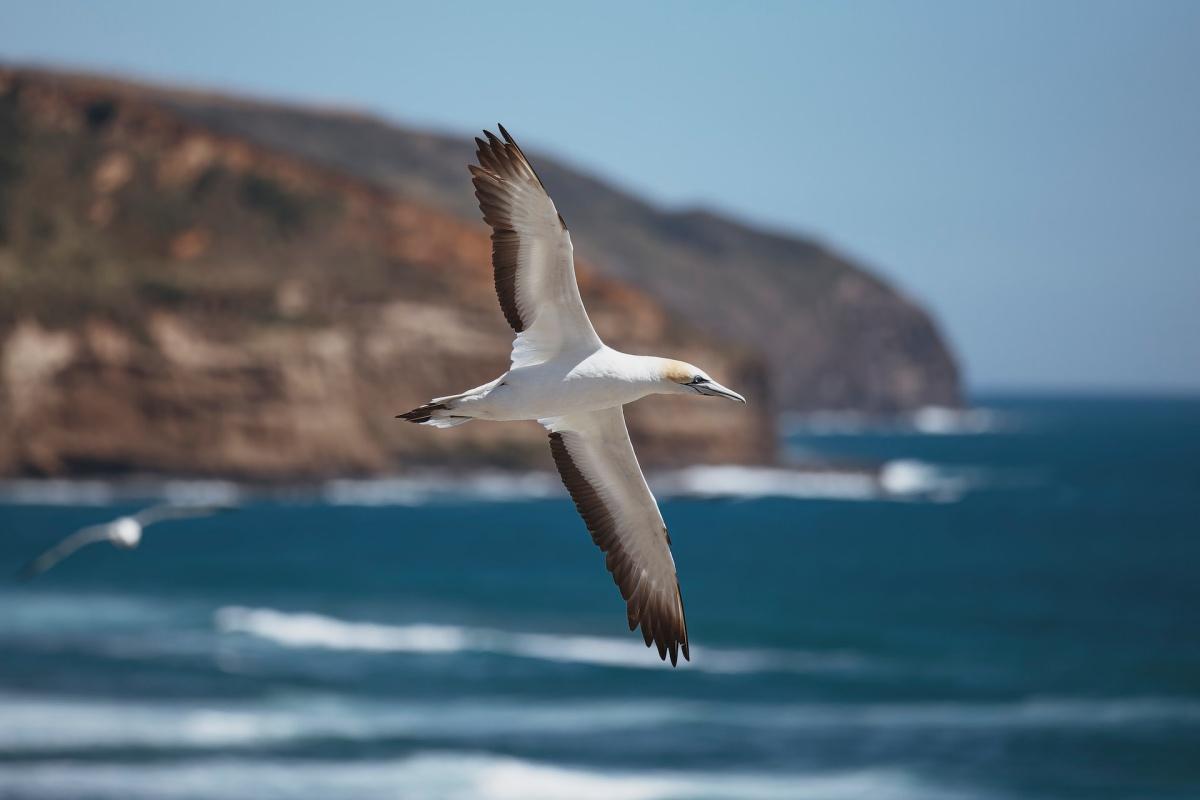
- Name: Australasian gannet
- Scientific name: Morus serrator
- Conservation status:
The Australasian gannet, also known as the Australian gannet or the tākapu, is a large species of seabird native to the southern half of Australia, as well as New Zealand and its surrounding islands.
This bird is spectacular: it dives into the ocean at high speed and finds its main targets, forage fish and squid. Since it faces few threats, either natural or man-made, and its population is globally growing, it is considered of least concern.
30. Australasian darter
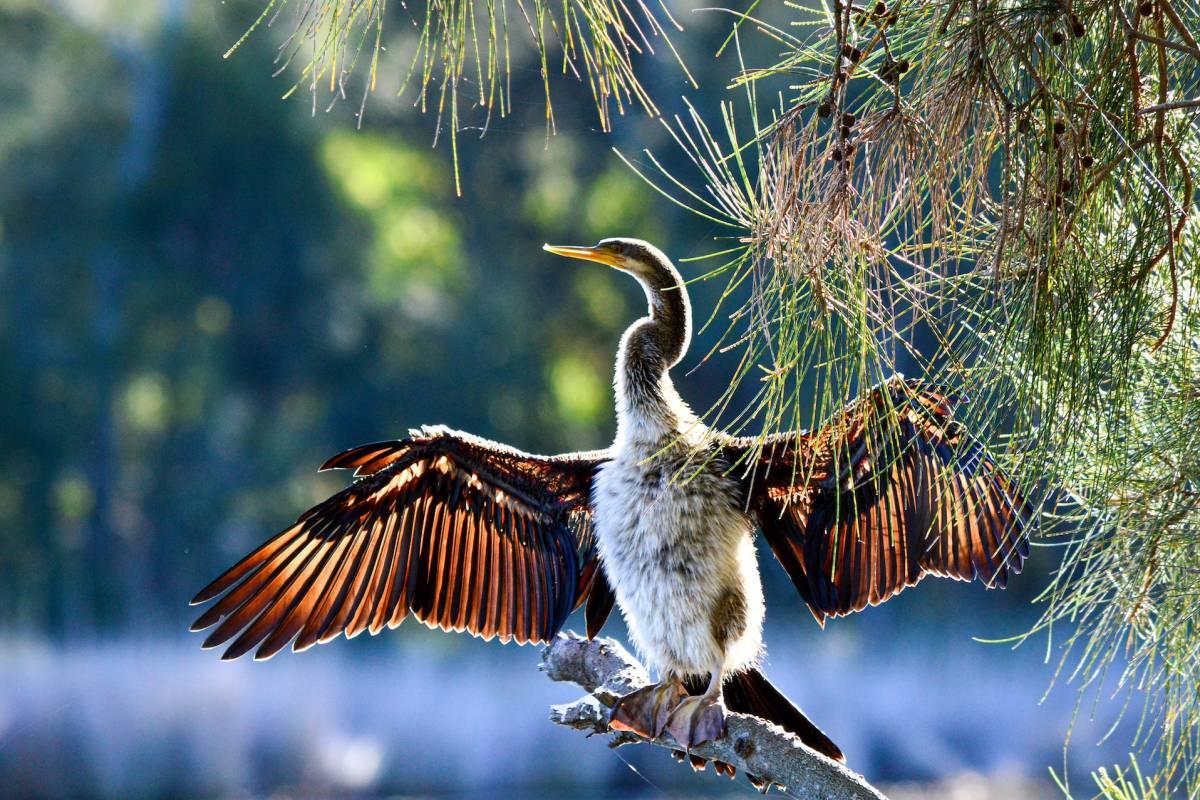
- Name: Australasian darter
- Scientific name: Anhinga novaehollandiae
- Conservation status:
The Australasian darter, also known as the Australian darter, is a species of bird in the darter family native to Australia, New Zealand, Papua New Guinea, and Indonesia. It inhabits brackish or freshwater wetlands with fallen trees and vegetated banks.
This bird finds its food in water, with only its head and neck exposed. It is a great swimmer and feeds on a wide variety of fish.
31. Leopard seal
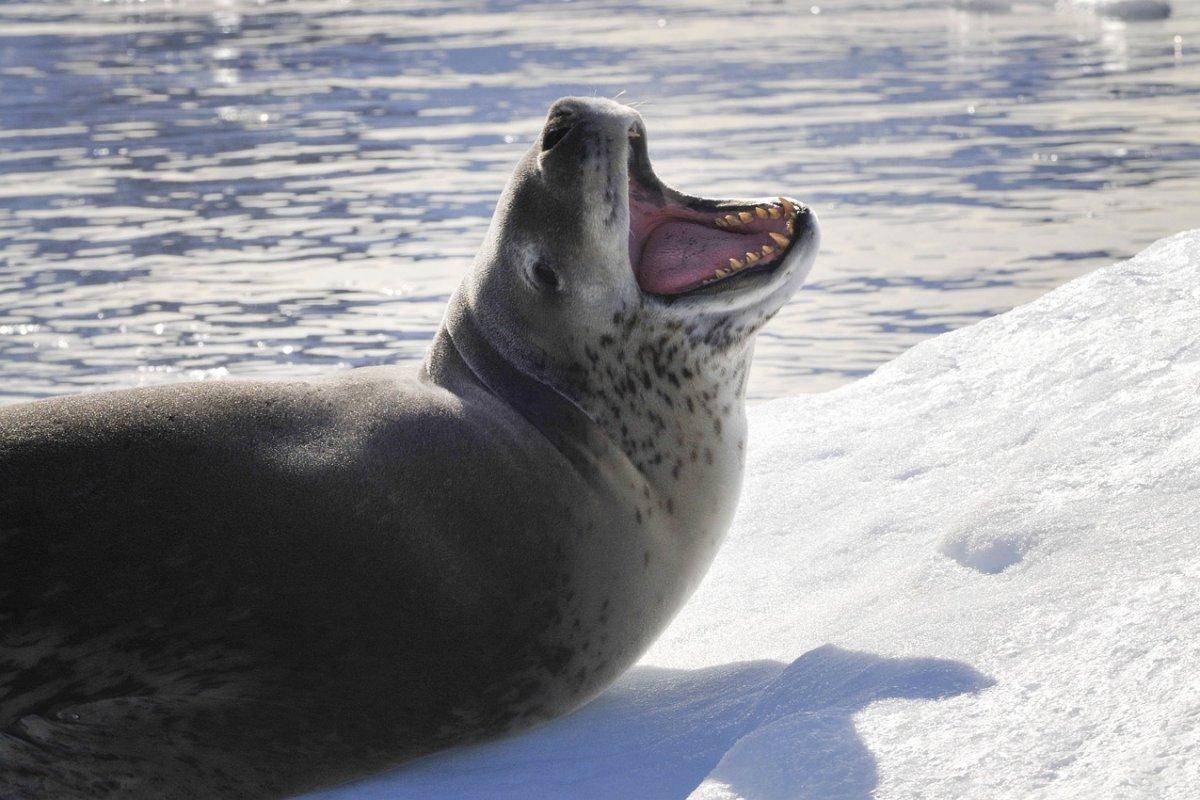
- Name: Leopard seal
- Scientific name: Hydrurga leptonyx
- Conservation status:
The leopard seal, also known as the sea leopard, is the second-largest species of seal in the Antarctic after the southern elephant seal. It was already spotted around New Zealand but is primarily living in Antarctica.
This seal’s only natural predator is the killer whale, and it is considered of least concern. When it comes to its diet, the leopard seal feeds on fish, birds, krill, and other pinnipeds.
32. Swamp harrier
- Name: Swamp harrier
- Scientific name: Circus approximans
- Conservation status:
The swamp harrier, also known as the Australasian swamp harrier, the swamp-hawk, or the Australasian harrier, is a large species of bird of prey native to much of Australasia. It arrived in New Zealand about 700 years ago, where it replaced the now-extinct Eyles’s harrier.
This harrier is common in New Zealand’s open country, and it is the only bird of prey used for falconry in the country.
33. Blue whale
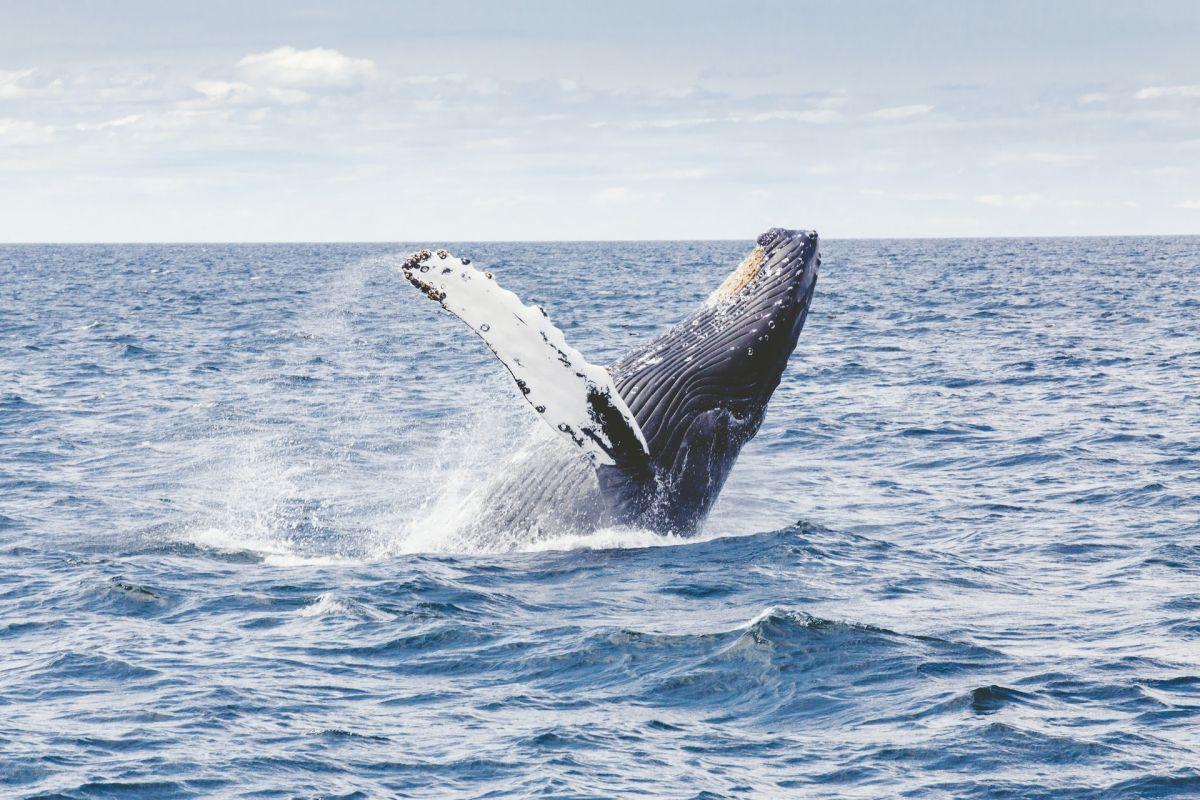
- Name: Blue whale
- Scientific name: Balaenoptera musculus
- Conservation status:
Last but definitely not least, the largest animal known to have ever existed, the blue whale, can be found off the coast of New Zealand, although it has a worldwide distribution.
While considered endangered as a whole, it is listed as critically endangered locally in New Zealand. The main threats it has to face are ship strikes, pollution, and overhunting. The blue whale can be found around New Zealand all around the year, mostly at the South Taranaki Bight.
—
So there you have them, these were my 33 New Zealand native animals. I hope you enjoyed this list and that you learned something new today.
In case you want to learn more about New Zealand wildlife, feel free to keep reading, as I still have lots of things to tell you about:
Endangered Animals of New Zealand
This is definitely the saddest part of the list, but it is very important to raise awareness. Because of this, let’s go through the list of endangered animals in New Zealand.
Here are the animals in danger of extinction in New Zealand.
- North Island takahe
- Laughing owl
- Dieffenbach’s rail
- Stephens Island rockwren
- South Island piopio
- and 16 more…
- Magenta petrel
- Archey’s frog
- Awakopaka skink
- Black stilt
- Central Otago roundhead galaxias
- and 26 more…
- Green and gold frog
- New Zealand sea lion
- Hector’s dolphin
- South Island takahe
- Northern royal albatross
- and 66 more…
To see the full list of endangered species in New Zealand, head over to the International Union for Conservation of Nature’s Red List.
What is the National Animal of New Zealand?
The national animal of New Zealand is the kiwi.
The kiwi is definitely the symbol of New Zealand. It is an endemic, flightless bird, and by far the smallest ratite, a group that includes emus, ostriches, rheas, and cassowaries.
The kiwi appeared as the national symbol of New Zealand at the end of the 19th century when it was present on regimental badges, military badges, and stamps. New Zealand soldiers were known as the “Kiwis” during World War I, and the influence of this bird has exploded since then, being featured on New Zealand’s coat of arms, clubs, organizations, and crests.
How Many Animals Native to New Zealand?
What is the diversity of native animals in New Zealand?
Let’s look at the total number of species of Chordata (mammals, birds, fishes, and reptiles).
Total number of animal species in New Zealand: 1,415 (9,917 in total in Oceania)
More About Animals in the World!
Loved these New Zealand animal facts? Want to see what animals live in other countries?
Then check out these posts:
Or click here to see ALL the facts up on the blog! Spoiler alert: there’s A LOT of them.
Share the knowledge! Click on the buttons below to share information about these New Zealand wild animals with your friends, and help them learn more about the world 🙂
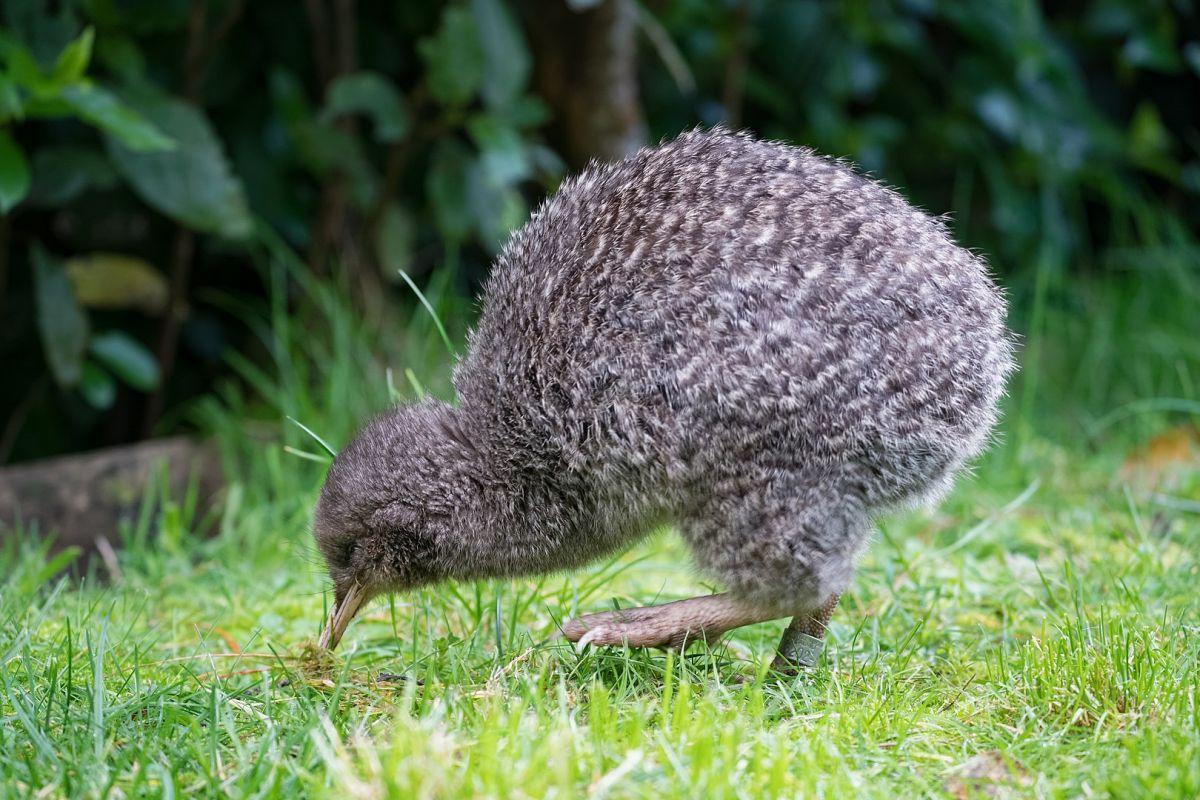
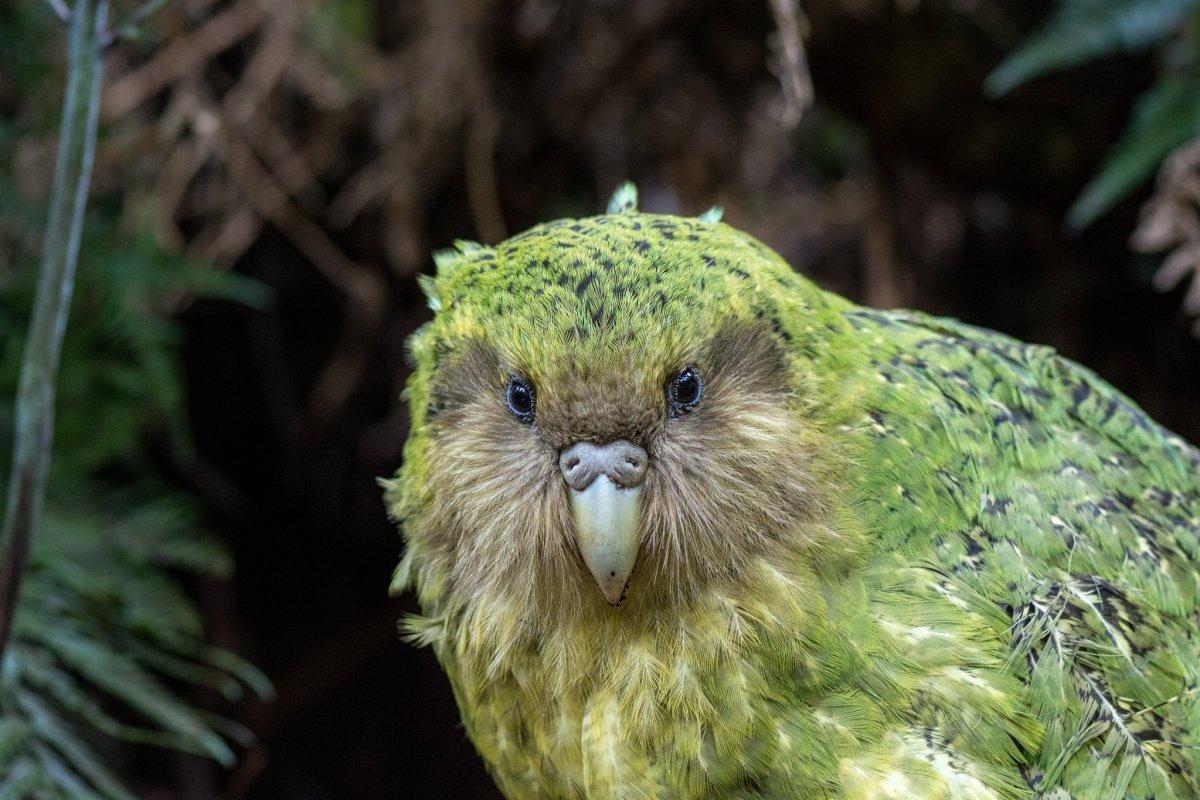
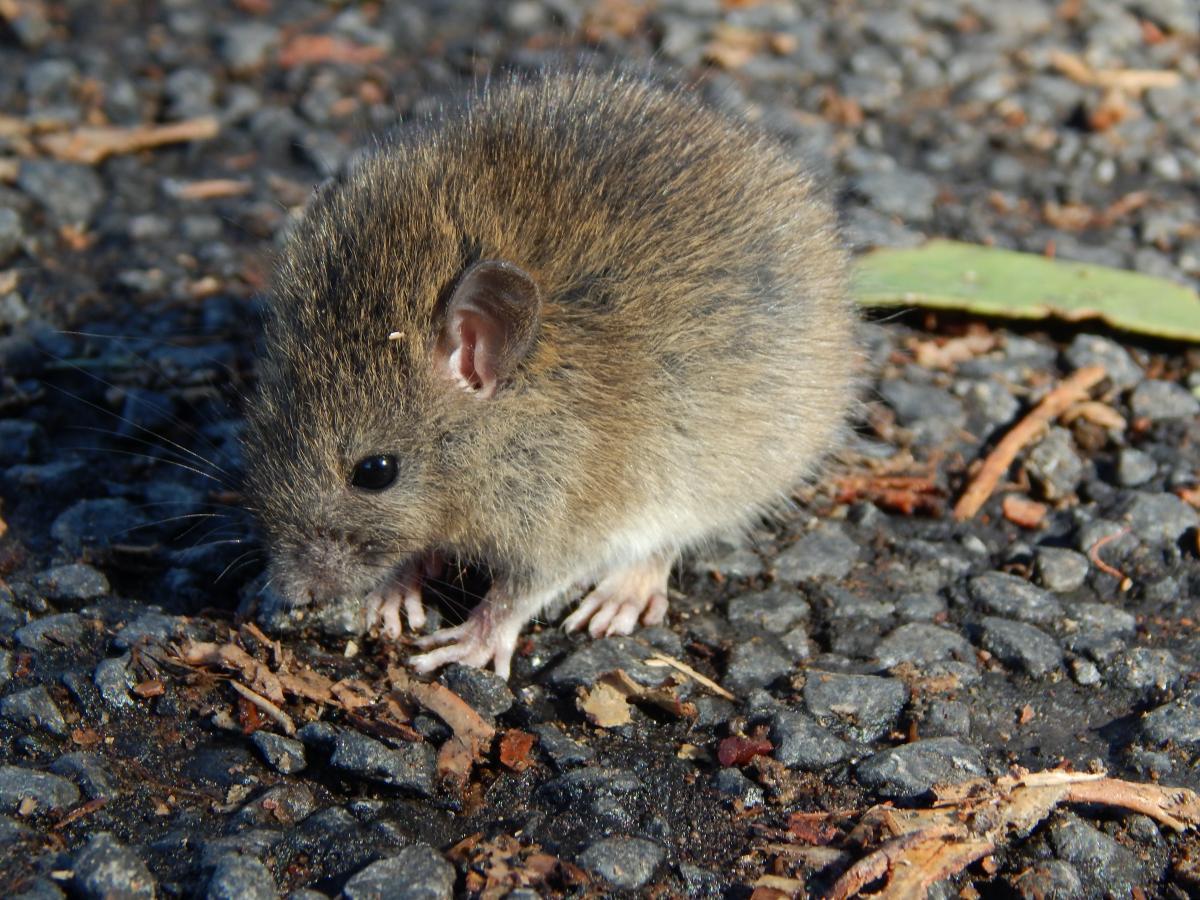
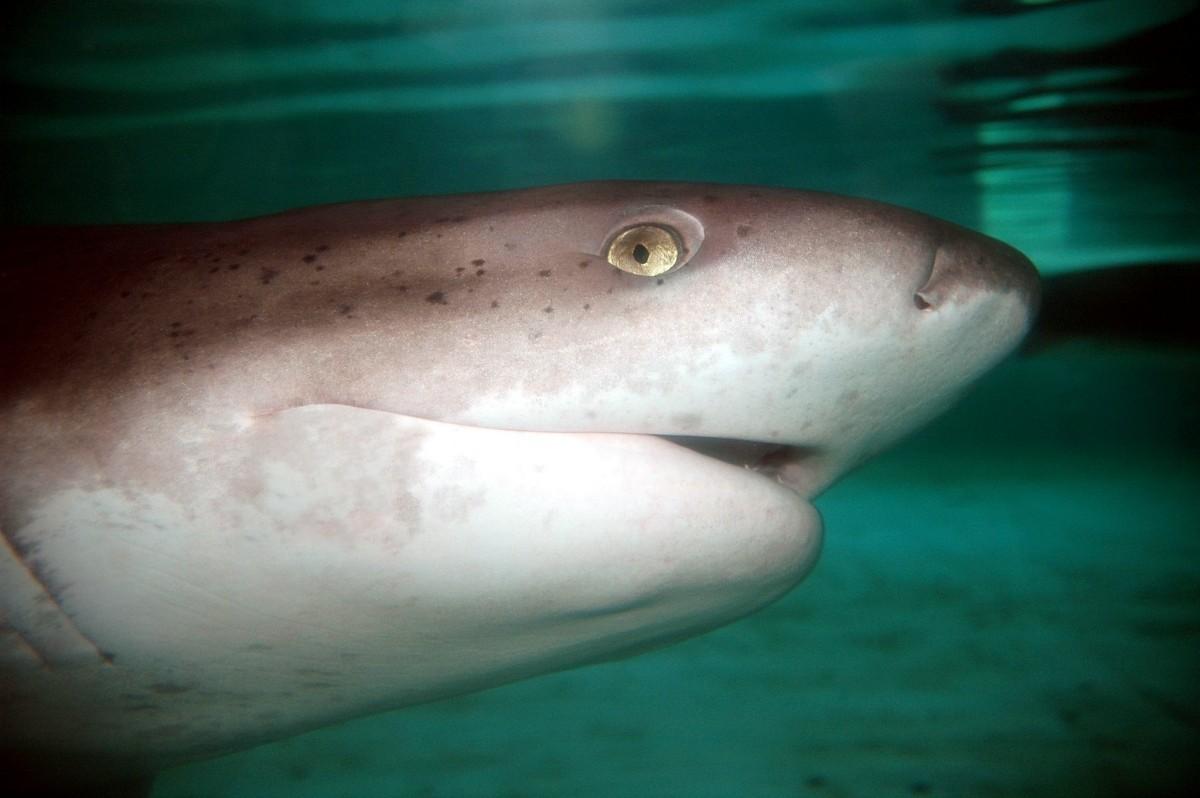
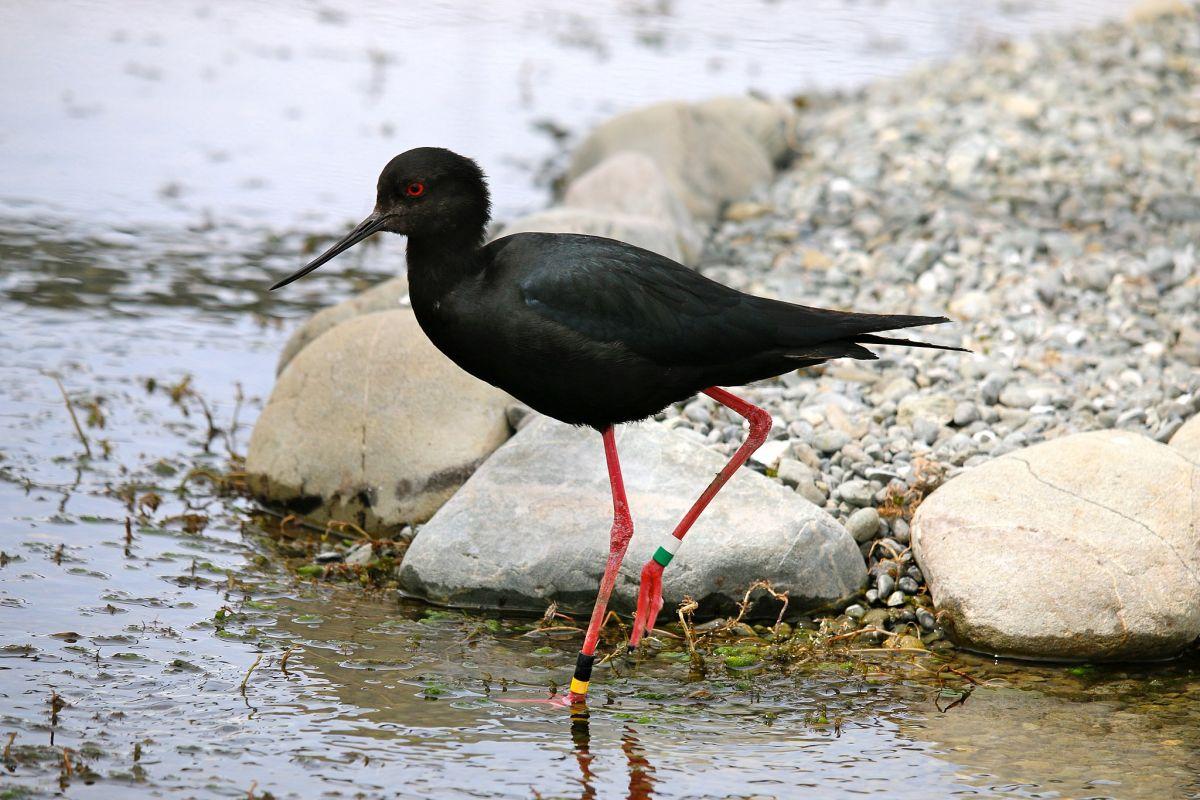
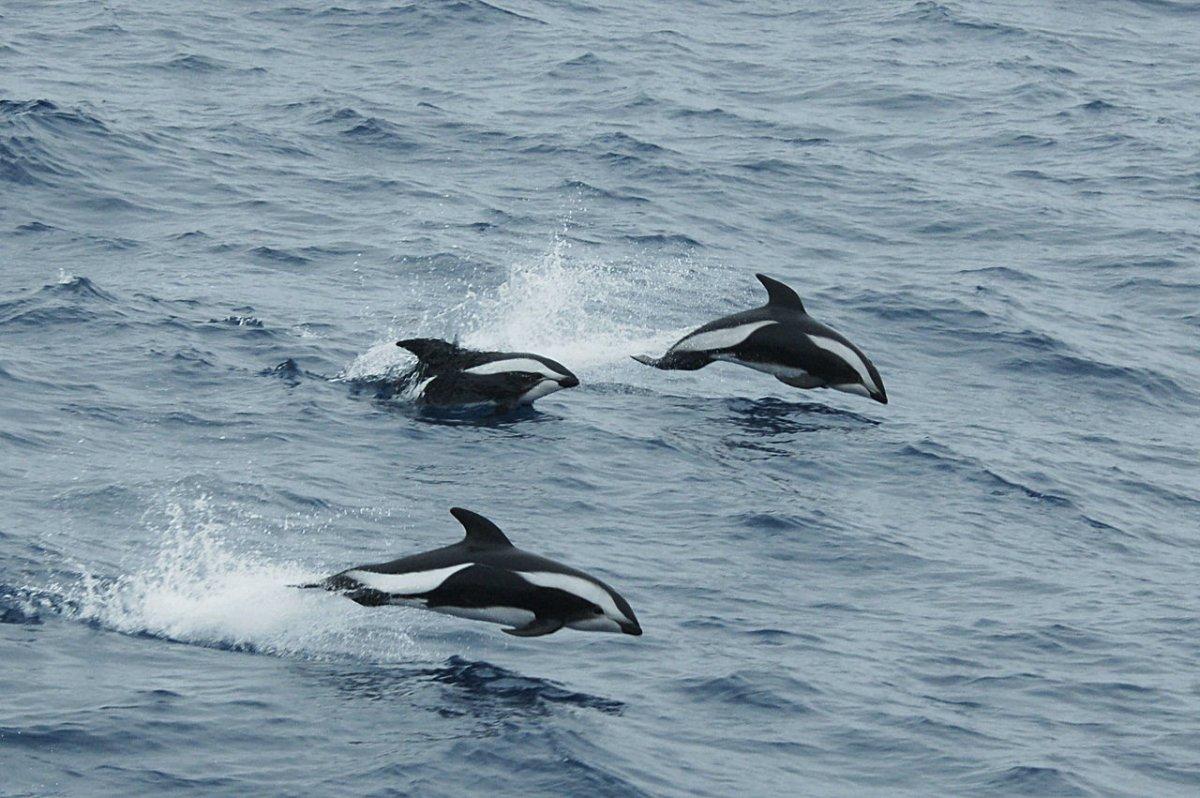
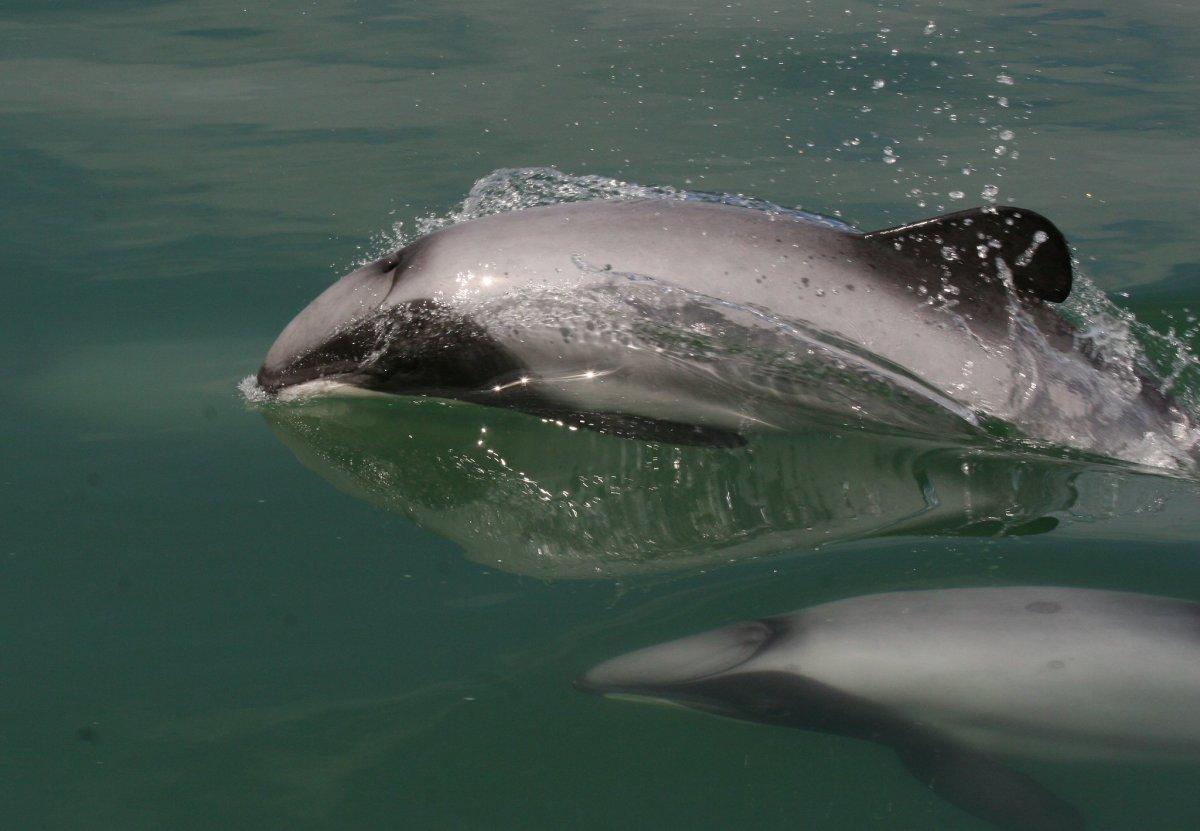
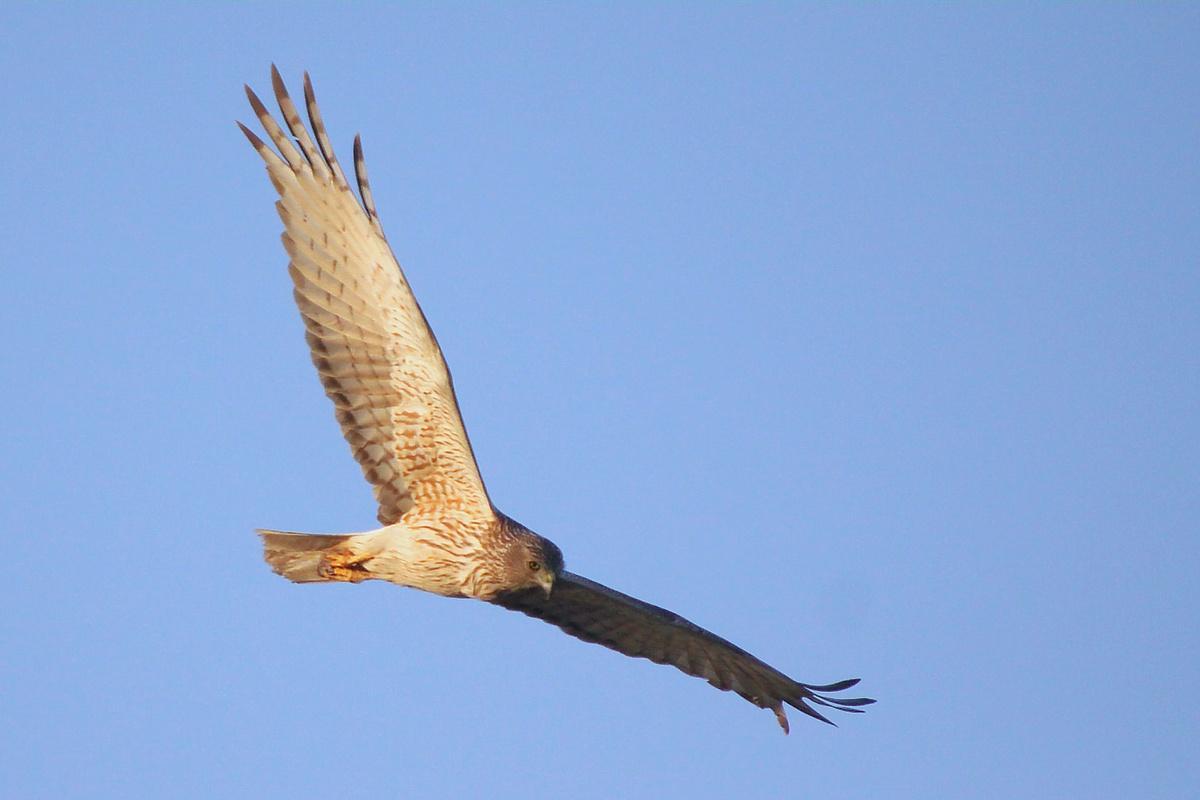
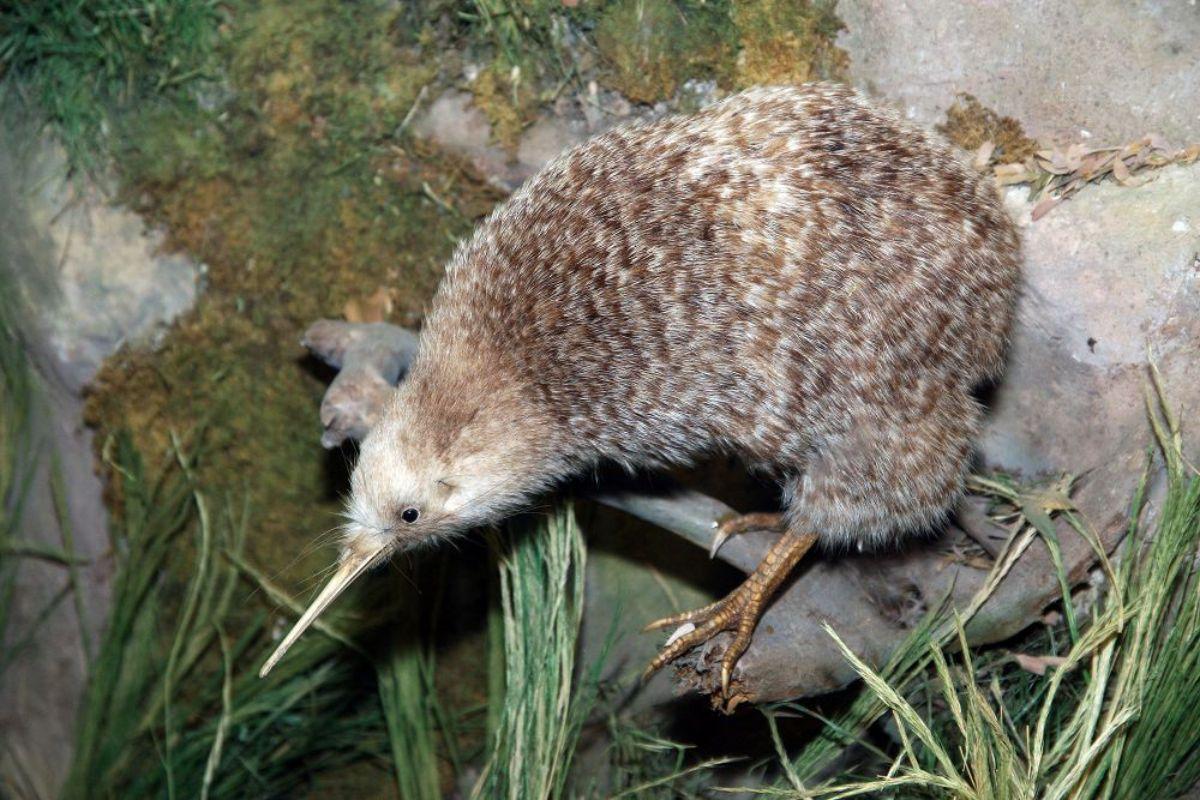

![13 Wild Animals in Ukraine [Wildlife in Ukraine]](https://www.kevmrc.com/wp-content/uploads/2022/09/13-wild-animals-in-ukraine.jpg)
![14 Wild Animals in Zanzibar [Wildlife in Zanzibar]](https://www.kevmrc.com/wp-content/uploads/2022/12/14-wild-animals-in-zanzibar.jpg)
![12 Wild Animals in Gabon [Wildlife in Gabon]](https://www.kevmrc.com/wp-content/uploads/2022/12/12-wild-animals-in-gabon.jpg)